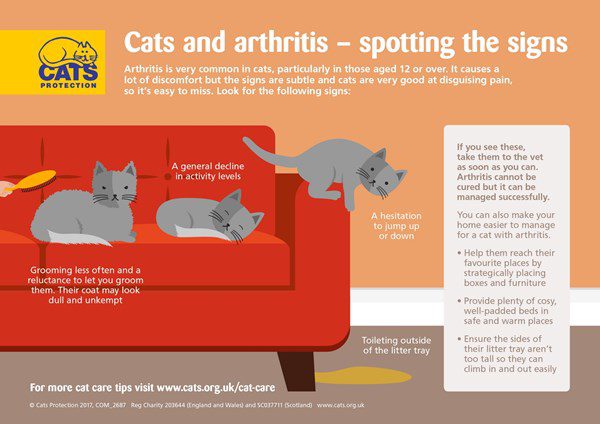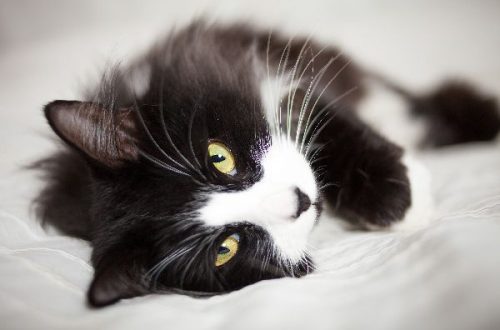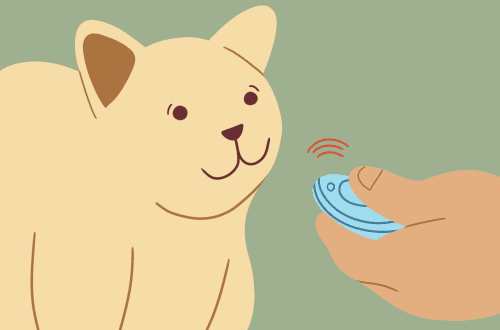
How to help your cat get used to the winter cold
Changing weather conditions mean that the cat’s needs will also change, especially during winter. If your cat doesn’t go outside at all (or you don’t let her out in the winter), she’s not afraid of low temperatures or the harm that cold winter weather can do. But there is one more thing you could do to help your pet even more.
In home
- If your cat usually sleeps on the floor, consider raising the bedding up during the winter to prevent drafts.
- If your pet is older or has arthritis, the cold weather can cause her joints to become stiff. It will be difficult for her to jump, so you should make sure that the cat can easily get to the places where she is used to sleeping, especially if they are high up. Maybe move a chair or some other piece of furniture and make it look like a ladder so she doesn’t have to jump too high.
Outdoors
- Pets that go outside in winter should be adapted to walks and to the changing weather. To adapt a cat to low temperatures, its fur becomes more fluffy and it does not freeze, and winter immunity is produced in the body.
- If your cat has some kind of hiding place outside, raise it up off the ground. The frozen ground takes more heat out of the shelter than the wind.
- Rotate the entrance so that the wind does not blow in, and make sure to put extra bedding on the floor. Avoid bedding that can retain moisture and cold or become moldy.
Cars and garages
- If the animal has access to a garage or car, be careful turning on the ignition. Sometimes cats go to sleep on the engine of a parked car because it’s warm and sheltered from the wind.
- Never leave an animal unattended in a car in winter. In the cold, the car can quickly turn into a refrigerator.
Feeding time
- If you leave cat food outside, check twice a day to see if she is cold.
- It is very important that the water for the pet does not freeze. If it is cold outside and the cat does not find clean water to drink, she can quench her thirst by drinking water containing household chemicals, road salt or antifreeze. Antifreeze is especially attractive and extremely dangerous to cats, so make sure there are no traces of antifreeze at the car entrance.





